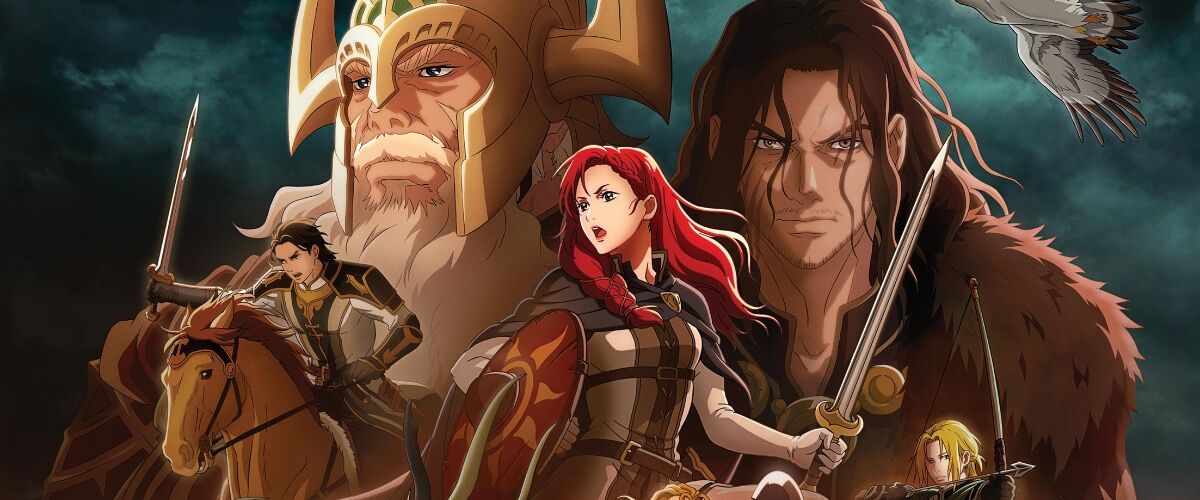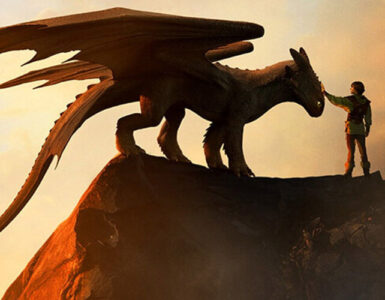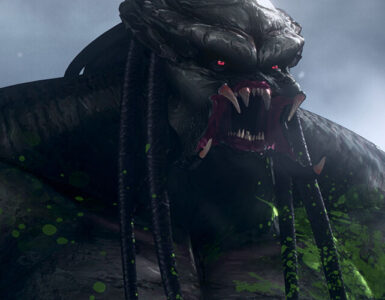“It feels thin, sort of stretched, like butter scraped over too much bread.”
This reflection by a certain hobbit could just as easily describe the current state of the Lord of the Rings multimedia franchise. Once the pinnacle of cinematic fantasy, the world of J.R.R. Tolkien’s Middle-earth now feels weighed down with two distinct tracks, whether through the mixed reception of the less-than-stellar The Hobbit trilogy (2012 – 2014) for films, or Amazon Prime Video’s ambitious but unrelated, and divisive The Rings of Power (2022 – present) on TV. There’s a lingering sense that Tolkien’s world is being overextended, struggling to recapture the magic that first drew audiences to its epic tales of courage and camaraderie.
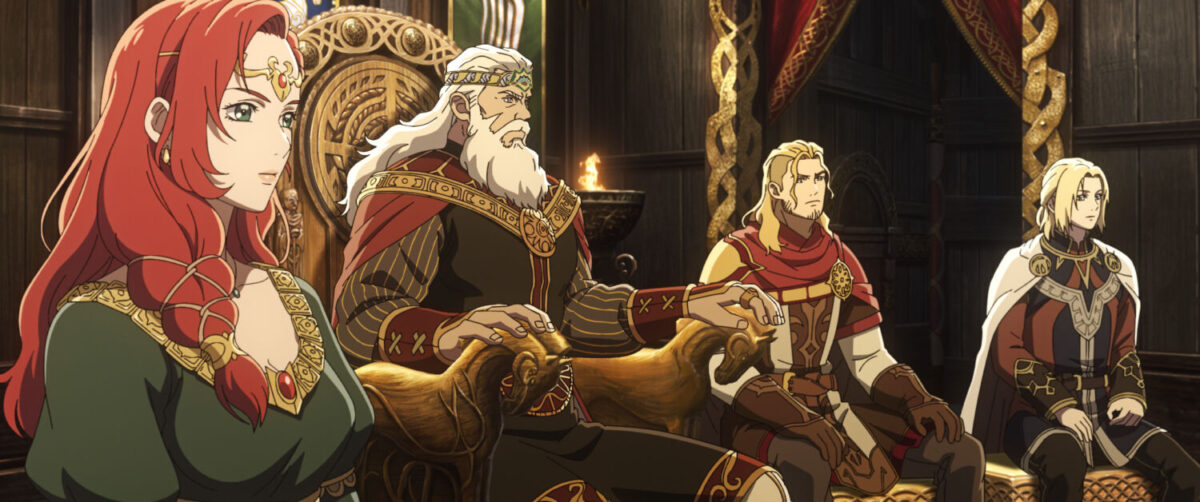
Now, we’re being called back to Middle-earth once more with The Lord of the Rings: The War of the Rohirrim, a prequel to the films that takes on the weighty task of adapting The House of Eorl, a story buried within the appendices of Tolkien’s magnum opus, and in an anime-style, a first for the franchise, no less.
Unlike the sprawling live-action trilogies or the overly-zealous billion-dollar television adaptation, this story shifts focus to the men of Rohan and their conflicts with the Dunlendings, a neighbouring race of wildmen, grounding its narrative in gritty battles and personal stakes rather than high fantasy spectacle, though fantastic creatures such as the Mûmakil (large elephants) and the famous tentacled Watcher in the Water in The Lord of the Rings: The Fellowship of the Ring (2001) make their appearances.

Set in Third Age Rohan, 183 years before Frodo Baggins’ journey to Mordor, the film explores the legend of Helm Hammerhand (Brian Cox, Troy, Succession), the ninth King of Rohan behind the namesake of Helm’s Deep. The plot is refreshingly straightforward, with stakes established right from the start as the fierce king of Rohan faces a growing threat from the Dunlendings. When Wulf (Luke Pasqualino, Shadow and Bone), the son of Dunlending lord Freca (Shaun Dooley, The White Queen), proposes marriage to Helm’s only daughter Héra Hammerhand (Gaia Wise, A Walk in the Woods), Helm’s fury at what he perceives as an attempt to undermine his throne leads to a fatal confrontation. Helm strikes down Freca in a fit of rage, setting off a chain of events that drives Wulf to seek vengeance and wage war against Rohan.
At the forefront of the central conflict is Cox’s Helm, whose commanding presence anchors the film with the gravitas expected of the legendary king of Rohan. Cox, known for his roles in Succession (2018 – 2023) and Troy (2004), portrays Helm with a blend of authority and impulsive ferocity that lends credibility to the character’s legacy. Helm’s role as the namesake of Helm’s Deep (formerly known as Hornburg) feels well-earned in Cox’s hands, cementing his status as a formidable figure in Middle-earth lore.
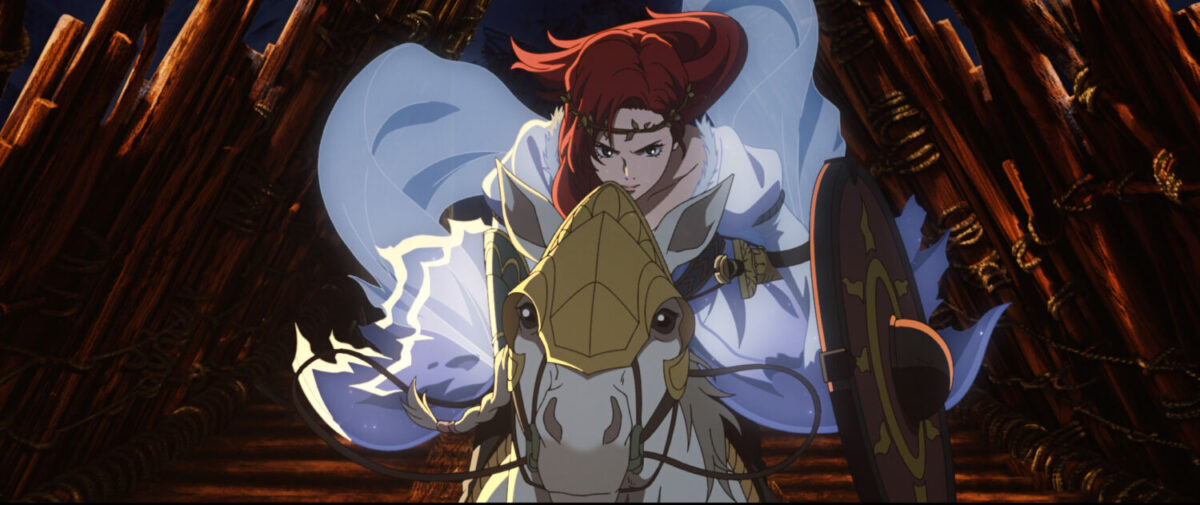
What makes The Lord of the Rings: The War of the Rohirrim interesting is its bold choice to centre on Héra, Helm’s daughter mentioned in Tolkien’s appendix with only a single, nameless reference. Screenwriter Philippa Boyens, building on her legacy from the original Lord of the Rings films, draws Héra’s inspiration from Æthelflæd, a historical figure known for her leadership in medieval England.
Héra’s presence adds emotional weight to the story, and Wise’s performance effectively gives her a fiery resolve that injects feminine strength into the traditionally male-dominated narrative. By doing so, the film risks alienating purists expecting a closer adherence to Tolkien’s original framework and also stands out within the franchise – for better or for worse.
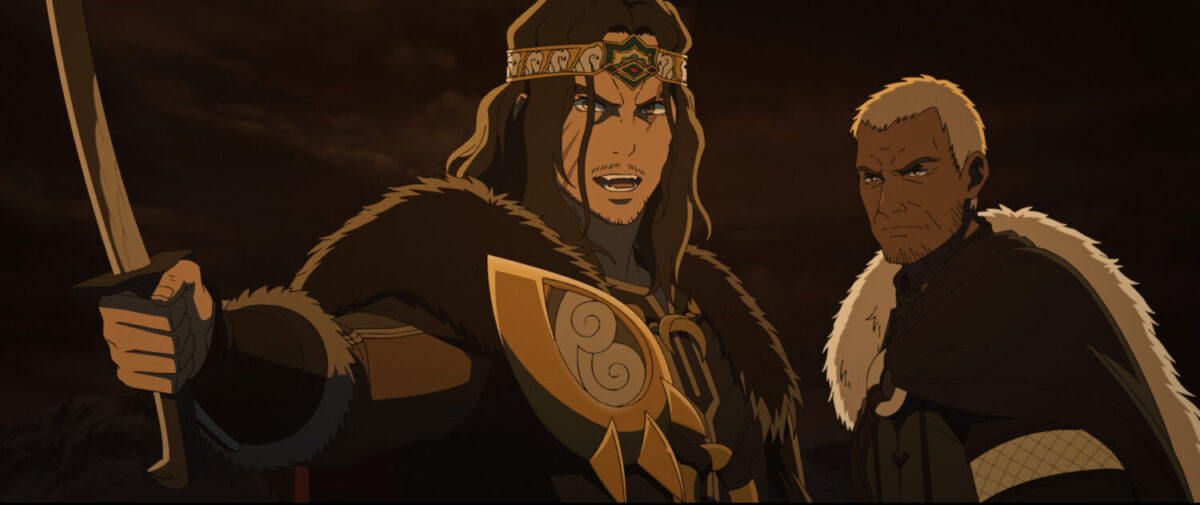
Pasqualino’s portrayal of Wulf, however, struggles to match the nuance of the rest of the cast. As the vengeful leader of the Dunlendings, his character feels one-dimensional, leaning heavily on revenge-driven motivations and a surface-level obsession with Héra. This approach leaves Wulf feeling more like a plot device than a fully realised antagonist, lacking the weight needed to make him a compelling foil to Helm or his daughter.
But the real star in The Lord of the Rings: The War of the Rohirrim is its striking visual design and intricate animation that leans more towards Asian than Western style. Choosing animation as the medium for this Middle-earth tale is a departure from the live-action tradition of Peter Jackson’s The Lord of the Rings and The Hobbit films, but it also proves to be a calculated risk, even if at times, a rewarding one.

Director Kenji Kamiyama of Blade Runner: Black Lotus (2021 – 2022) and Ghost in the Shell: Stand Alone Complex (2002 – 2003) fame uses a blend of traditional 2D anime-inspired character work with 3D-rendered backdrops and rotoscoping references to craft a painterly style that balances the epic scale of Middle-earth with a more stylised approach to its action and characters. Scenes depicting snowfall, fire, and epic battles seamlessly merge the two styles, creating moments that feel alive and immersive. This stylistic fusion elevates the film, placing it in the same category as Sony’s Spider-Verse films – projects that push the boundaries of animated storytelling, while appealing to both older audiences and those with an appreciation for artistic design.
These visuals and the storyline come together during the film’s two major action set pieces: a siege on Edoras (the capital of Rohan) and an extended battle at Helm’s Deep. Though the sequences are packed with military detail and nods to Tolkien’s world-building, they invite inevitable comparisons to Jackson’s The Two Towers, which famously set the benchmark for cinematic depictions of Helm’s Deep. A double-edged sword, this animated revisit faithfully recreates iconic locations like the Kingdom of Rohan and a nascent Helm’s Deep, but struggles to escape the shadow of its cinematic live-action predecessor.

For viewers familiar with the 2002 film, much of the spectacle feels like a retread, albeit with characters that lack the depth and history needed to command the same emotional investment. Audiences are asked to rewatch a legendary event with characters they’ve just met, without enough time to flesh out its protagonists or offer fresh stakes. Because of this, the story struggles to justify its 2 hours and 14 minutes runtime, feeling more like an extended callback than a standalone narrative.
To further strengthen the ties with the live-action films, Miranda Otto (Talk to Me, Chilling Adventures of Sabrina) reprises her role as the fan-favourite shieldmaiden Éowyn, a descendant of Fréaláf, albeit as a nameless narrator. This connection may delight some fans, yet it also underscores a larger issue: The Lord of the Rings: The War of the Rohirrim leans too heavily on audience knowledge and nostalgia, and its reliance on familiarity by revisiting well-known locations and echoing iconic moments. This fidelity to Jackson’s vision may please die-hard fans but limits the animated format’s potential to carve out a distinctive identity.
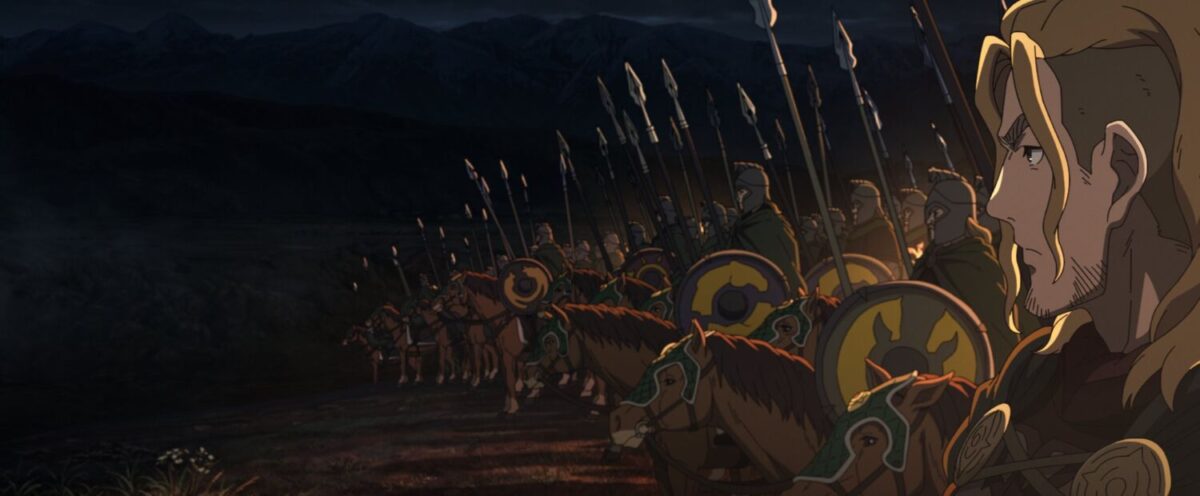
Hints of potential sequels are scattered throughout the film, but these feel less like exciting teases and more like afterthoughts. The movie’s placement in Middle-earth’s timeline – set 183 years before Jackson’s The Lord of the Rings film trilogy – makes it difficult to see how it could meaningfully expand the franchise. Still, it’s clear that New Line Cinema wants to preserve its hold on one of the greatest cinematic franchises of all time, as it also has Andy Serkis’ Lord of the Rings: The Hunt for Gollum also in the works, but this effort feels more cautious rather than daring.
The Lord of the Rings: The War of the Rohirrim is not a disappointment, but it doesn’t rise above what came before. The decision to make it an anime film offered a unique opportunity to push creative boundaries and explore untapped corners of Middle-earth. Unfortunately, this potential is left largely unrealised. Instead of allowing animation to unleash the boundless imagination of its artists, the film opts to replicate a vision that was already built – and perfected – two decades ago.

Middle-earth deserves stories that embrace the spirit of adventure and creativity that made the original trilogy so timeless. As Tolkien once wrote, “Not all those who wander are lost,” but in this case, it seems the filmmakers have wandered too close to familiar paths, and some of the magic of the journey is lost along the way.
GEEK REVIEW SCORE
Summary
The Lord of the Rings: The War of the Rohirrim tells a serviceable story and pays homage to the world Peter Jackson brought to life, but it exists firmly in the shadow of its predecessors, unable to step out and stand on its own.
Overall
7/10-
Story - 6/10
6/10
-
Direction - 7.5/10
7.5/10
-
Characterisation - 7/10
7/10
-
Geek Satisfaction - 7.5/10
7.5/10

